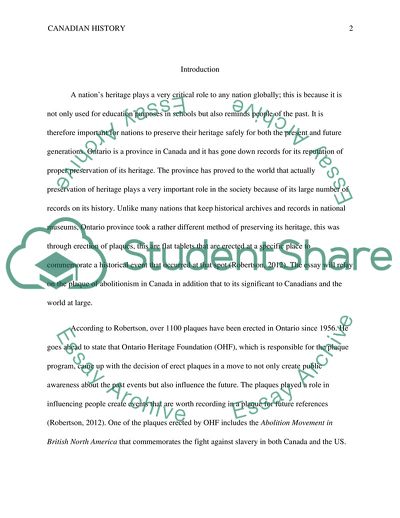Cite this document
(The Abolition Movement in British North America Essay Example | Topics and Well Written Essays - 2500 words, n.d.)
The Abolition Movement in British North America Essay Example | Topics and Well Written Essays - 2500 words. https://studentshare.org/history/1816956-canadian-history
The Abolition Movement in British North America Essay Example | Topics and Well Written Essays - 2500 words. https://studentshare.org/history/1816956-canadian-history
(The Abolition Movement in British North America Essay Example | Topics and Well Written Essays - 2500 Words)
The Abolition Movement in British North America Essay Example | Topics and Well Written Essays - 2500 Words. https://studentshare.org/history/1816956-canadian-history.
The Abolition Movement in British North America Essay Example | Topics and Well Written Essays - 2500 Words. https://studentshare.org/history/1816956-canadian-history.
“The Abolition Movement in British North America Essay Example | Topics and Well Written Essays - 2500 Words”. https://studentshare.org/history/1816956-canadian-history.


